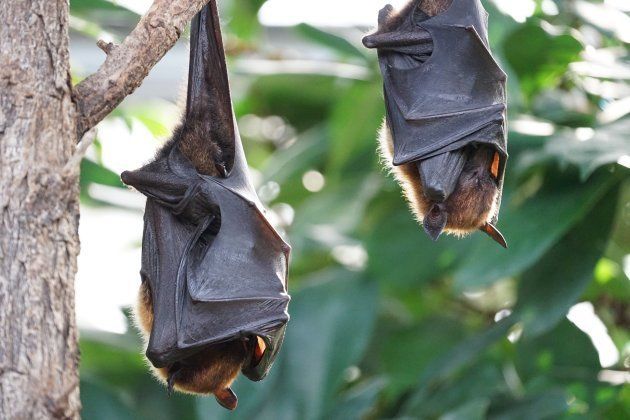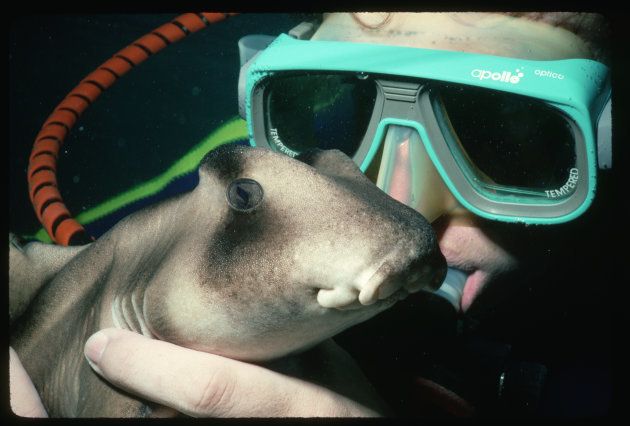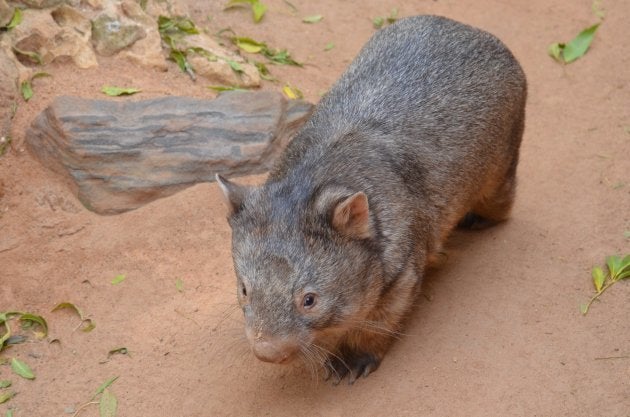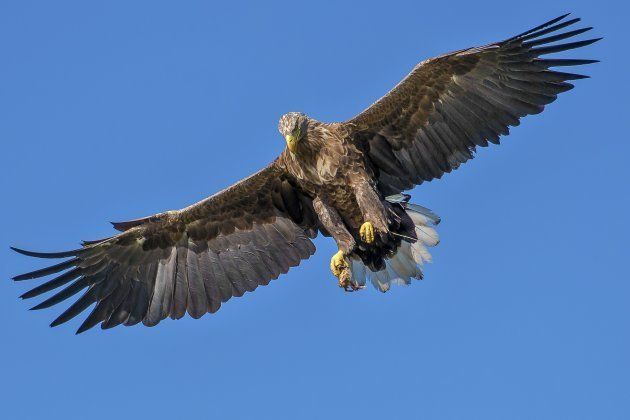Cricket, rugby, swimming, surfing, some pretty good actors – and weird animals. Yes, that's Australian. While we've all seen viral videos and memes of people waking up next to snakes and deadly spiders the size of your face, not everything that moves in Aussie will kill you. Promise. Here are some odd animals that are mostly SFH (that's Safe For Holidays).

Flying Fox
Danger level: 0
A large bat with a face that looks like a fox. Freaky? Yes. Dangerous? No, not really. The flying fox isn't only found in Aussie – it also lives in Southeast Asia and Madagascar. In Australia, flying foxes congregate along the east coast and they're nomadic, preferring to flock in forest areas. Lately, flying foxes have become more common sights in suburbia, due to the increase in fruit and flowering trees. These are social animals, and their colonies can swell to 1 000 individuals. The grey-headed flying fox has declined by about 95% in the past century and researchers state they could be functionally extinct by 2050. Want to spot a flying fox up close? Visit the Australian Reptile Park in NSW and the Featherdale Wildlife Park in Sydney.

Port Jackson Shark
Danger level: 0
We're not ones to tell you that sharks are harmless, but we will make an exception for the Port Jackson shark. This small shark is found along the Australian coast and feeds on sea urchins, clams, molluscs – and not humans. The Port Jackson shark is a bottom dwelling fish, which prefers the ocean floor. Unlike the jagged shark teeth we've come to know from "Jaws", the Port Jackson shark has two types of teeth – its front teeth are small and sharp and its back teeth are blunt, perfectly designed for crushing and grinding shells. Still feeling shaky about this shark? Stay away from water at night as they're nocturnal.

Wombat
Danger level: 0
Wombats will kill you – with cuteness. These plant-eating animals look like small bears, with short legs. Wombats burrow deep under the earth to make an extensive network of tunnels that provide a safe space for its favourite pastime, napping. The wombat's pouch faces backwards so that the mother can continue to dig, while carrying its young. If you have eagle eyes, you can spot wombats in Wilsons Promontory National Park and Tower Hill Game Reserve. Dusk is when you're most likely to see them emerge from their burrows to graze, though they occasionally venture beyond the burrows on cool days to forage for grass, roots and fungi. Get up close and personal with wombats at The Melbourne Zoo and grab a selfie with one at Healesville Sanctuary.

Wedge-Tailed Eagle
Danger level: 3
Earlier this year, a wedge-tailed eagle attacked a drone, and they've been known to take on kangaroos, but, for the most part, they aren't dangerous to humans. Also known as the eagle hawk, it's the largest bird of prey in Aussie and can be found at both sea level and in mountainous regions. These birds, with their broad wings and unmistakable wedge-shaped tail, can hunt alone and in large groups. The wedge-tailed eagle's diet consists of live animals and carrion, but it'll eat whatever's available – and that's generally rabbit and hare. Humans are generally exempt from the wedge-tailed eagle's diet, but attacks on people usually make the news. In 2007, two eagle hawks attacked a paraglider and last year, one of them attacked a child at a bird show in Central Australia.
Anyone for a Zoo Sleepover?
If spending an hour with Australia's best-known beasts isn't enough, you can sign up for a zoo sleepover. These zoos all offer a roar and snore experience:
- Sydney's Taronga Zoo offers a unique experience – go glamping, enjoy views of the Sydney Opera House and Harbour Bridge and take an exclusive night safari.
- If you're headed to Dubbo, New South Wales, the Roar & Snore experience at the Taronga Zoo offers three accommodation options: from overnight camping in the Billabong Camp, to the Zoofari Lodge and Savannah Cabins. Dinner is a real treat, with crocodile and kangaroo occasionally making an appearance on the menu.
- Want a close-up animal encounter in Victoria? Head to the Slumber Safari at Werribee Open Range Zoo. Here, you'll come face-to-face with wonderful wildlife in a luxury glamping setting.
Book a flight with Qantas Airways, also known as the flying kangaroo, to get up close and personal with these weird and wonderful animals. Visit Qantas.com to learn more.